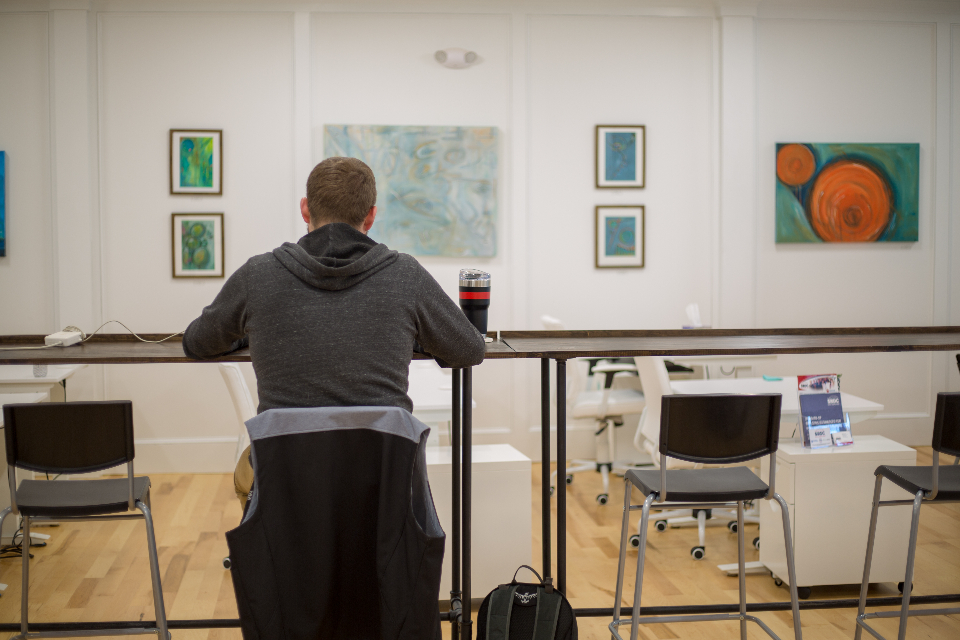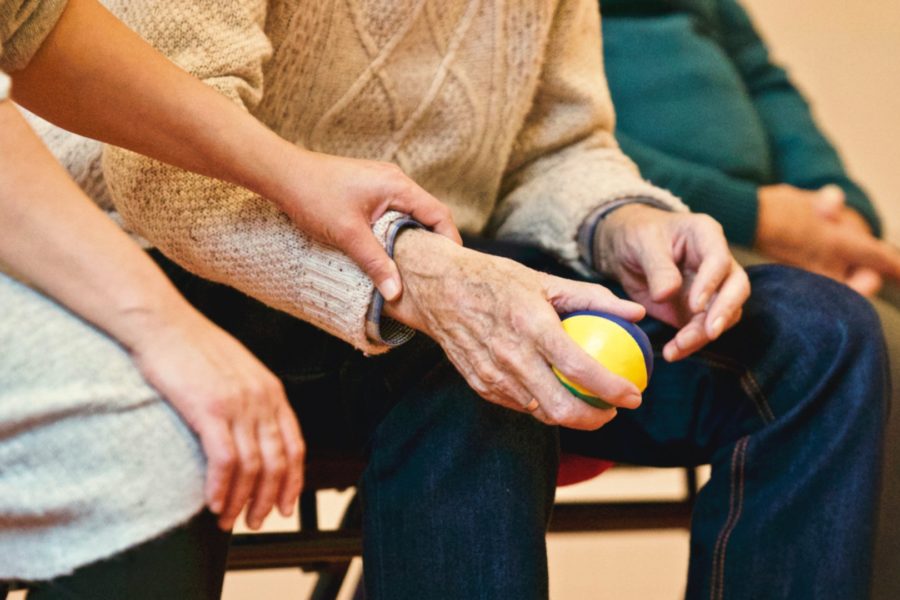According to BroadbandNow Research, about 42 million people, or 13% of the American population, can’t access high-speed internet.
The COVID-19 pandemic has led countless Americans to work from home. A bigger chunk of the population moves away from the busy city life to settle in the rural areas. Sadly, they’re soon hit by the hush reality of poor internet connection or the complete unavailability.
This only means: students cannot have their online classes while the working population can’t keep up with their work. It’s devastating! If you’ve been in this kind of situation, you’d sympathize with the victims.
A good example is Lincoln County, a perfect place for anyone running away from the urban life, the Corona pandemic, and the lockdown frustration. With all its magnificent features, Lincoln County doesn’t have an adequate broadband service connection. So, when new people stream into the county, it becomes another nightmare.
In a survey, Lincoln County complete broadband survey, conducted by Extension, 92% of the households mentioned that broadband access was extremely important. Due to a lack of access to high-speed internet, most people struggled with remote learning.
What’s happening in Lincoln County is a replica of other American rural settings. The digital divide in America is ever-widening since time immemorial, and the pandemic only revealed how much needs to be done. So, what next? You ask.
What’s being done to Bridge the Broadband Access Gap
Broadband connection is a necessity during these tough times when the pandemic is ravaging economies since people need to work and study from home.
In one of his statements, Fact Sheet: The American Jobs Plan, President Joseph R. Bidden mentioned he was looking forward to spending $100 billion on broadband as part of the Americans Jobs Plan. He further adds that he’s after achieving 100% coverage and affordability. He concludes by saying he will strive to boost competition by supporting publicly owned networks.
The lawmakers have not been left out either. In a press release, the Co-chair of the Senate Broadband Caucus, Amy Klobuchar, and house Majority whip James Clyburn have recently introduced the bicameral broadband infrastructure legislation to expand access to affordable high-speed internet for all Americans.
According to this legislation, over $94 billion will be spent building high-speed broadband infrastructure throughout America, emphasizing the unserved and underserved areas. With The Accessible, Affordable Internet for All Act, it’s expected the digital divide will finally come to an end. When this milestone is achieved, the Americans will be able to;
- Learn from home,
- Work from home,
- Access telehealth services, and
- Link up with their loved ones.
Senator Klobuchar added, “when we invest in broadband infrastructure, we invest in opportunity for all Americans. In 2021, we should be able to bring high-speed internet to every family in America, regardless of their zip code. This legislation will help bridge the digital divide once and for all.” He concluded.
On the other hand, the Whip Clyburn had this to say, “Access to broadband today will have the same dramatic on rural communities like the rural electrification efforts in the last century. I look forward to working with my colleagues in the house and senate to enact the Accessible, Affordable internet for all Act.” He concluded.
Final thoughts
From these efforts by the government, it’s clear the deplorable broadband access and connectivity for Rural America isn’t going to last long. In a little while, there’s going to be a new dawn, and the digital gap will be bridged for all Americans.
If you want to learn more about this, or if you’re looking for developers, feel free to reach out to us by scheduling an appointment here.











